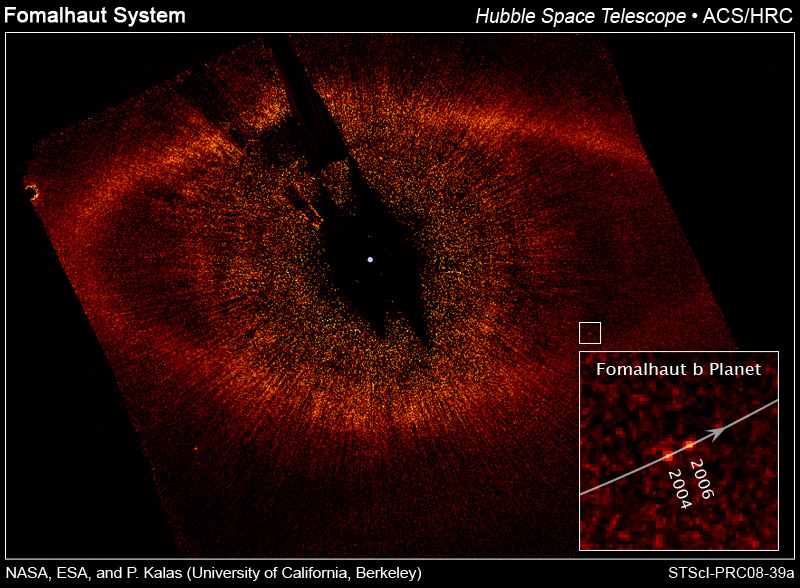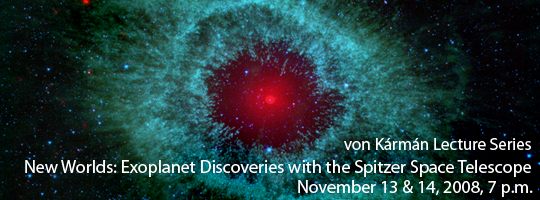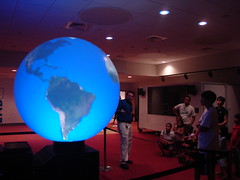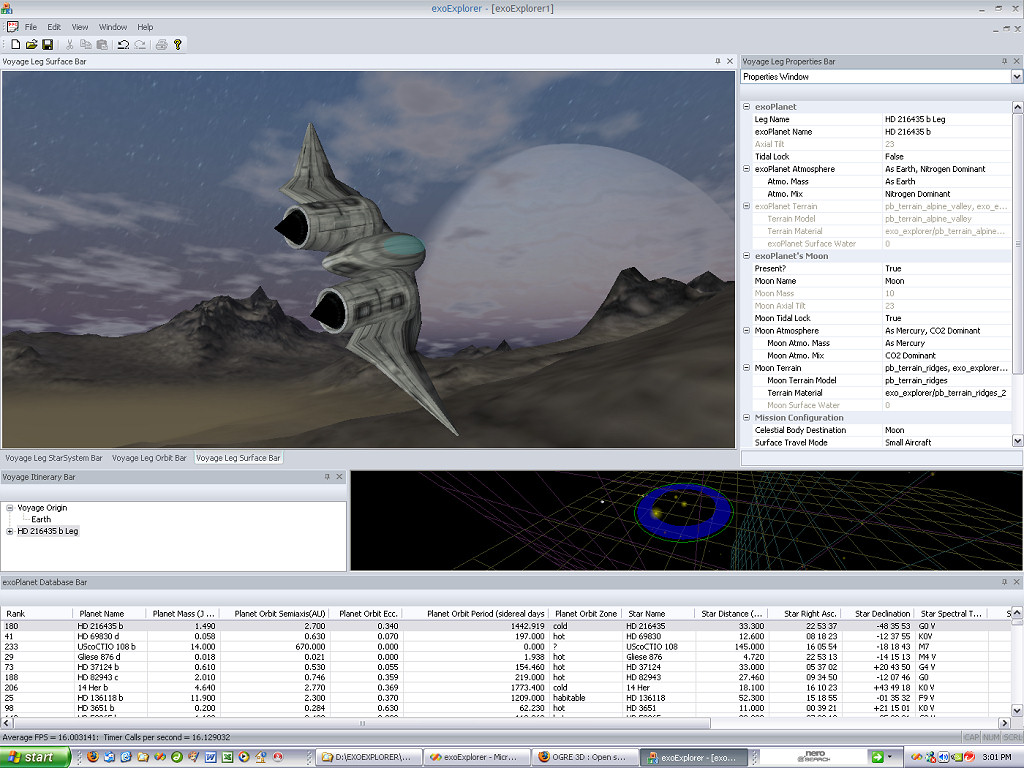
There will be a workshop entitled "MOLECULES IN THE ATMOSPHERE OF EXTRASOLAR PLANETS" which will be held in Observatoire de Paris, Cassini Hall, November 19-21, 2008.
More details about the workshop can be found in this link:
Molecules 2008 and you may register directly via this page :
Registration PageBelow are some more details about the event:
Exoplanets are being discovered at an ever accelerating pace. As a result planetary scientists and astronomers are increasingly called upon to make the transition from discovery to characterization, so that we can begin the long journey of understanding these planets in the same way that we understand those in our own Solar System. Among the known exoplanets, hot-Jupiters and hot-Neptunes that transit their parent stars present the first real opportunities to determine key compositional and atmospheric parameters.
The atmospheres of transiting hot-Jupiters are now starting to be probed for water vapour, carbon/nitrogen/sulphur bearing molecules. The results will provide us with a first insight on the photochemical composition and escape processes on the atmospheres of hot-Jupiters, and pave the way to do such studies on hot-Neptunes, super-Earths, and finally Earth-mass planets. This is a necessary step before proceeding with the study of cooler planets.
The workshop aims at bringing together different scientific communities:
solar system planetary scientists, brown dwarf and exoplanet modellers and observers, molecular spectroscopy and instrument development experts. We will cover different topics: radiative transfer, line lists, photochemical models, dynamics, observations using ground based facilities (high-resolution spectroscopy in the optical and in the IR), and space-based observations. Present day's results will be discussed in the context of the preparation of upcoming warm SPITZER, JWST, SPICA, and the next generation of direct detection mission concepts from ground and space.
Scientific Organising Committee : J.P. Beaulieu (co-chair), T. Guillot, H. Lammer, D. Latham, D. Lin, J.P. Maillard, I. Ribas (co-chair), J. Schneider, F. Selsis, J. Tennyson, G. Tinetti (co-chair), S. Udry.
Local Organising Committee : V. Batista, D. Kipping
Confirmed speakers : A. Aylward, C. Beichman, B. Bezard, A. Bocaletti, A.
Burgasser, A. Burrows, S. Carey, W. Cash, D. Charbonneau, J. Cho, A.
Collier-Cameron, V. Coud du Foresto, R. Gratton, J. Harrington, H.
Knutson, H. Lammer, J.P. Maillard, S. Miller, A. Noriega-Crespo,
F. Selsis, E Serabyn, A. Showman, J. Schneider, M. Swain, J. Tennysson,
G.Vasisht, Y. Yung.
Abstracts for contributed papers and posters should be submitted by
September 29 online.
Registration fees : 200 euros
Proceedings will be published by the ASP Conference Series in 2009.
Final program released on October 15, 2008.
If anyone wishes to sponsor my ticket to Paris (and the 200 euros registration fees for this event) you may send me an email at metapsyche at yahoo dot com to initiate the process. :)
 What a memorable day it was! December 12, 2008 (12/12/08) The brightest full moon, the earliest sunset, and the launch of Exoplanetology.com under the romantic moonlight with my beloved wife. Interestingly, news about exomoons came the day after.
What a memorable day it was! December 12, 2008 (12/12/08) The brightest full moon, the earliest sunset, and the launch of Exoplanetology.com under the romantic moonlight with my beloved wife. Interestingly, news about exomoons came the day after.













































